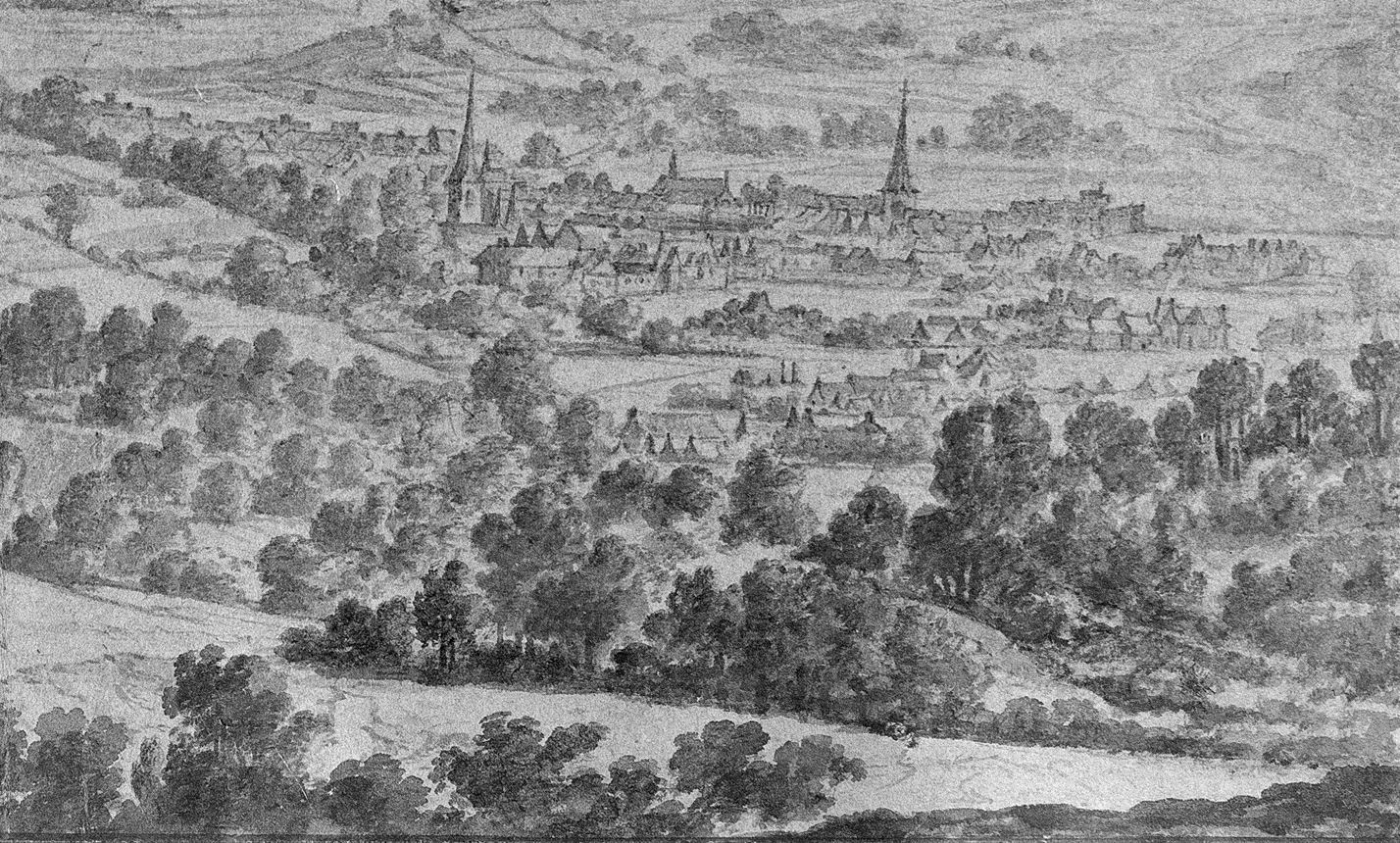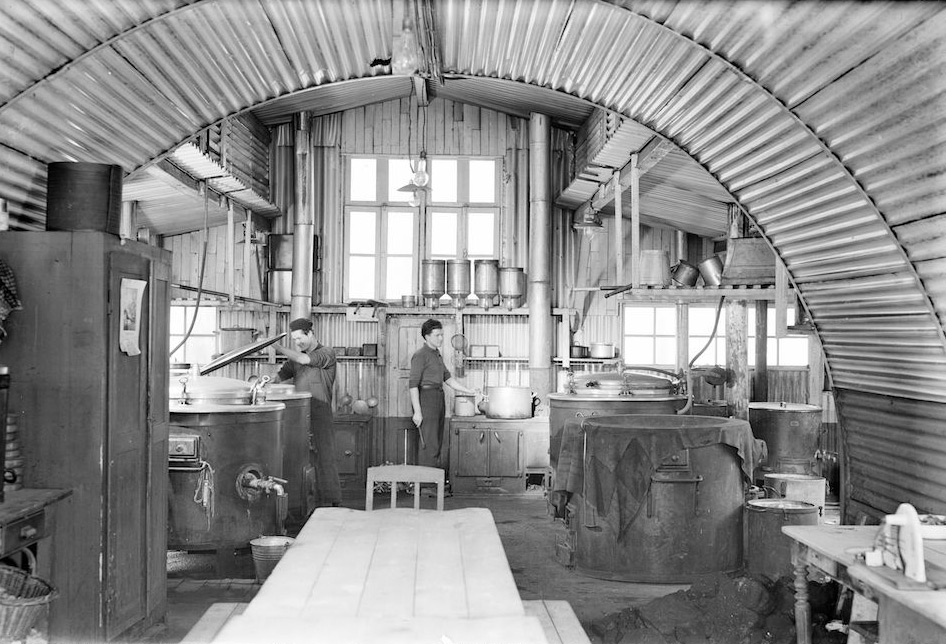Everyday life is rarely documented photographically or in writing. This makes such documents all the more remarkable for historical research. The construction of the dams at Eupen, Robertville and Bütgenbach, for example, is well documented in photographs. However, we rarely see the hundreds of workers who helped build the dams. Historians Carlo Lejeune and Klaus-Dieter Klauser estimate that around 1,500 people were involved in the construction of the works. At times, 400-500 workers were employed in Robertville and around 200 in Bütgenbach. The workers came mainly from Italy and were housed in barracks near the construction sites.
Klaus-Dieter Klauser says: ‘Such an accumulation of people naturally had an impact on social life. The barracks and material stores were set on fire twice, apparently out of revenge, and a quarrel between workers even ended in the death of one of them. Apart from that, however, the seasonal workers and the local population co-existed smoothly; after the dam was built, some of the guest workers even stayed in our area and started a family here.’
A photographer from the Lander photo studio documented the lives of Italian migrant workers. The pictures give us a deeper insight into the lives of the workers. It is impossible to tell whether the camp was in Bütgenbach, Robertville, or Eupen. We count 22 barracks in one picture. Some of the chimneys of the barracks were smoking, and the stoves were the central element in the barracks. They also provided light. The workers’ bunk beds stood closely together. Many rooms bear witness to the workers’ close ties with their Italian homeland. Suitcases appear to be packed for travel; small pictures hang on the walls; a traditional Italian demijohn stands in the background, and a man reads an Italian sports newspaper, Ogni Sport. The pictures also show how the workers spent their free time: there are long tables with benches in the lounge and dining room. A radio is playing in the background. In a large kitchen, several cooks prepared food for the workers. A box labelled ‘Palermo Macaroni’ suggests that at least some of the food was home-cooked.
Even today, we often rely on the documentation of observant photographers to understand the past better or to get a more detailed picture. The images of the Italian workers offer an added value to historical research. They give an insight into the daily life of foreign workers. Even today, it is often difficult to capture large-scale projects such as the construction of the motorway through East Belgium or everyday situations in photographs. Reason enough, then, to keep an eye on the present, and to keep documenting it.

